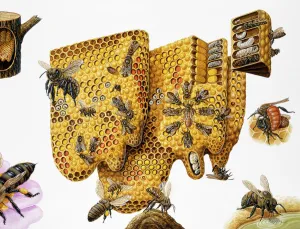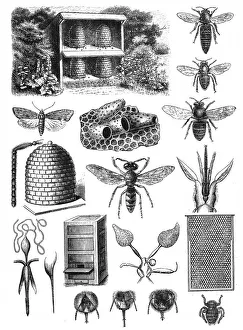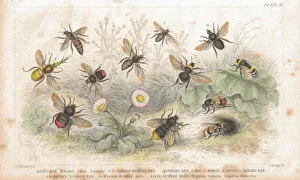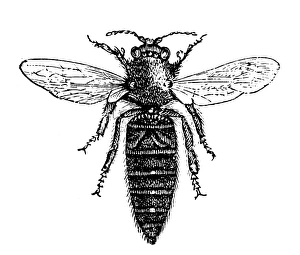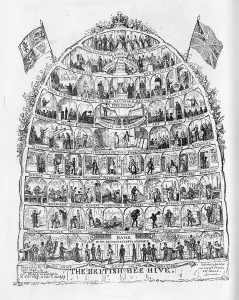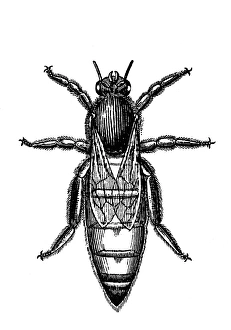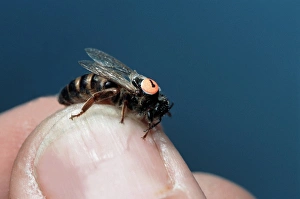Queen Bee Collection
"Queen Bee: The Majestic Ruler of the Honeycomb" In the intricate world of honey bees (Apis mellifera), one remarkable figure reigns supreme - the Queen Bee
All Professionally Made to Order for Quick Shipping
"Queen Bee: The Majestic Ruler of the Honeycomb" In the intricate world of honey bees (Apis mellifera), one remarkable figure reigns supreme - the Queen Bee. As we delve into her captivating life cycle, a fascinating story unfolds. Within the expanded cross-section of a beehive in Cockermouth, Cumbria, UK, we witness an unfortunate sight. The Varoa mite, a notorious parasite that thrives due to climate change's impact on milder winters, has inflicted damage upon this once thriving hive. These tiny pests relentlessly attack not only worker bees but also pose a threat to their regal leader. Dating back to 1852, an old litho print showcases the beauty and importance of these buzzing creatures. Bees engraving from 1873 further emphasizes their significance in our ecosystem. But it is through the lens of Aqua de Florida perfume label that we catch a glimpse of how even human creativity draws inspiration from these industrious insects. Yet amidst all this imagery lies another intriguing character - Braula Coeca Frederick H. , commonly known as Foot Parasite Queen Bee. This peculiar species attaches itself to its host bee's feet and feeds off them; nature never ceases to amaze us with its diversity. However, let us not forget the true star – Her Majesty herself. In chromolitho artistry aptly titled "The Queen Bee, " she stands tall and proud as she orchestrates her bustling colony's every move. Within each cell dedicated solely to her existence lies proof of her power and influence over thousands of loyal subjects. As we journey across time and space, we stumble upon "The British Beehive" lithograph from 1867—an embodiment of architectural brilliance designed specifically for these incredible pollinators' needs. Finally, our gaze settles on Germany's honeycomb masterpiece where Apis sp. 's diligent workers revolve around their central figurehead—the Queen Bee.

